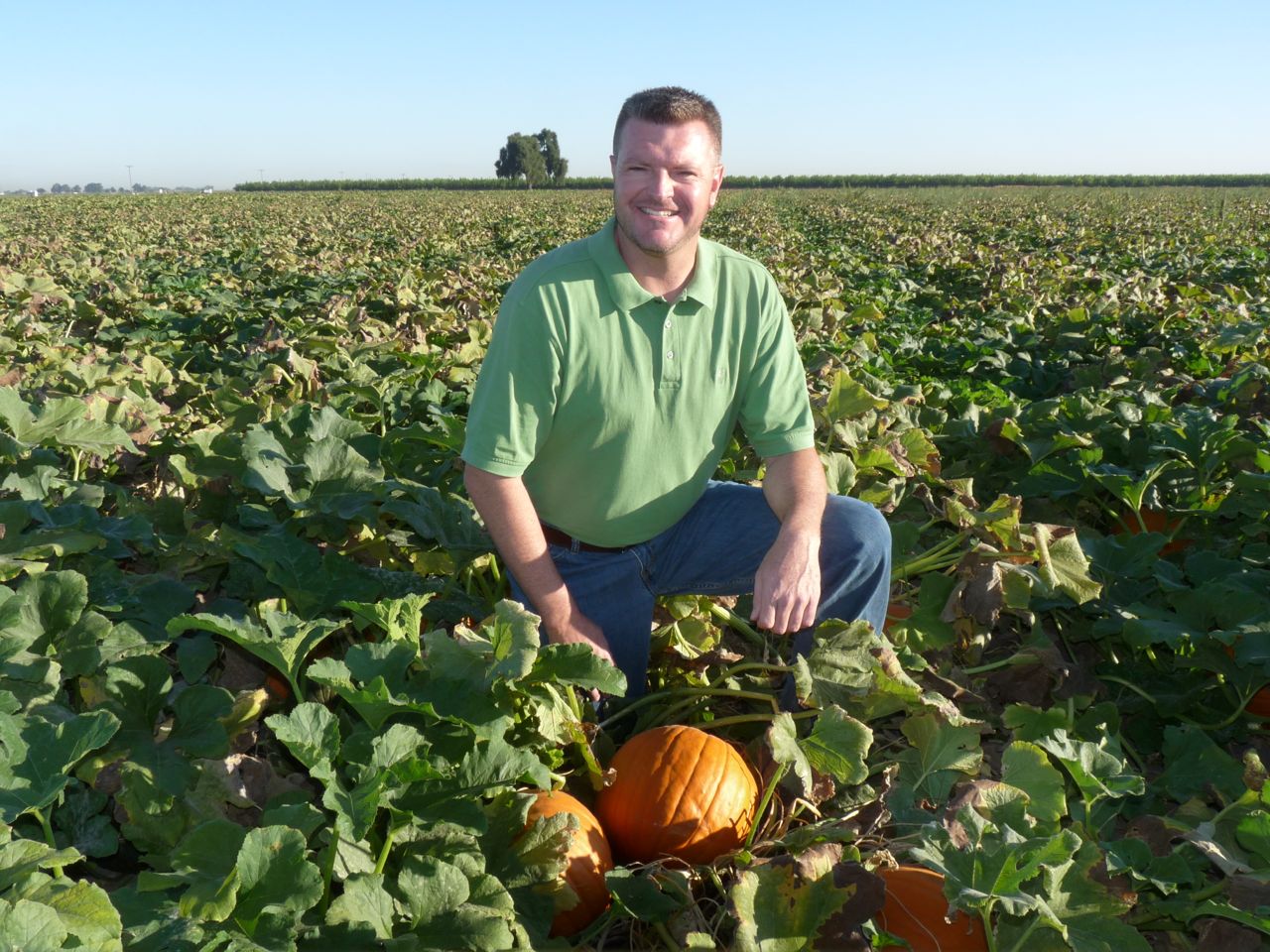Teaching Kids to Cook California’s Bounty
California Farmers Donate Fruits Vegetables, Nuts and Beef to Cook
About 2,725 Consumer Science (formerly home economics) high school students at 15 different high schools will learn how to cook with locally grown produce and meat. The San Joaquin Chapter of California Women for Agriculture (SJ CWA), San Joaquin-Stanislaus CattleWomen and the San Joaquin Farm Bureau Federation (SJFB) have partnered to locate more than 500 pounds of cheese, olives, pumpkins, dry garbanzo beans, walnuts and beef for the students to cook this semester.
For three consecutive weeks starting October 22 and 29 and November 5, 2019, from 4:00 pm to 5:00 pm at the San Joaquin Office of Education in Stockton, each teacher will receive two commodities, recipes and handling material to share with their classes. The local agriculture organizations hope to both teach students what is grown locally and showcase the freshness of locally sourced produce.
The fresh pumpkins and dry garbanzo beans provided by the San Joaquin Chapter of Women for Agriculture were donated by local pumpkin grower, Van Groningen and Sons of Manteca (vgandsons.com) and the Rhodes-Stockton Bean Co-Op of Stockton. SJ CWA provides this “hands on educational” cooking opportunity for local high school students enrolled in consumer science courses to give them a snapshot of the variety of crops and commodities grown/raised in San Joaquin County. Teachers and students are provided with a variety of educational information regarding the nutritional value of each of the commodities along with cooking tips and recipes.
SJ CWA Chapter President, Dr. Marit Arana, said, “This is an excellent opportunity to showcase the commodities grown and raised in our county. We are grateful for the opportunity to work collaboratively with our donors and for our partnerships with both the San Joaquin-Stanislaus CattleWomen and San Joaquin Farm Bureau Federation. It takes a team effort to bring an educational experience of this size and scope to so many students within our county.”
San Joaquin County Agriculture is ranked seventh in the nation in dollar value at $2.5 billion and sixth out of 58 counties in the state. California produces about 400 different agriculture commodities and about half the fruits and vegetables in the United States.
###
October 22, 2019 – CWA donation of pumpkins and dry garbanzo beans
October 29, 2019 – CattleWomen donation of walnuts and beef
November 5, 2019 – SJFB donation of table olives and cheese
Pick-Up Times – From 4:00pm to 5:00pm at 2911 Transworld Drive, Stockton, CA. under the solar panels in Stockton at the San Joaquin Office of Education
For information contact:
Lora Daniels
916-215-1494
SanJoaquinCWA@gmail.com













